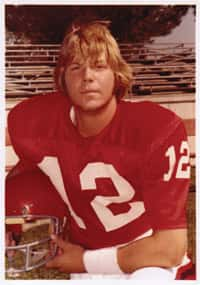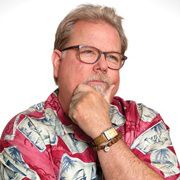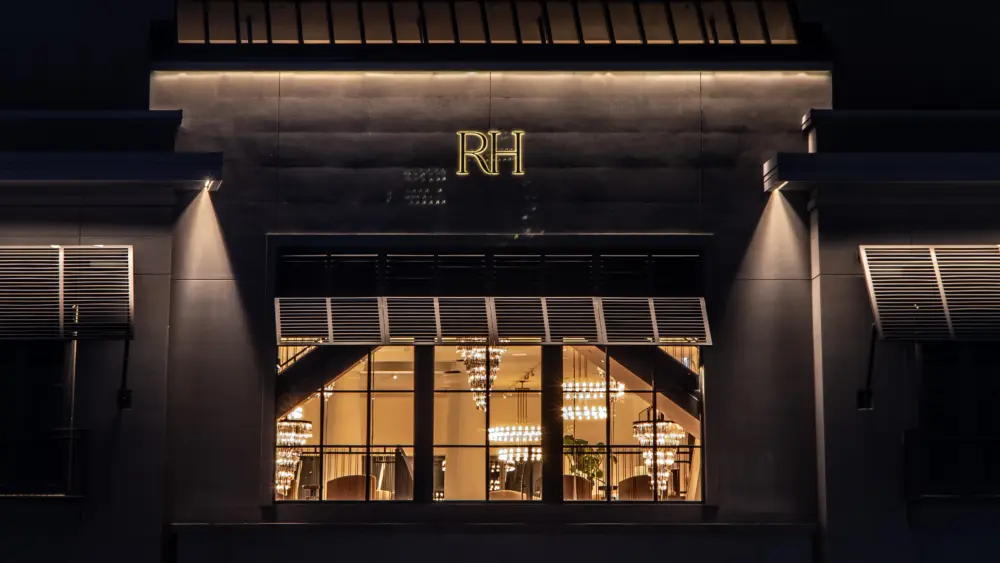The Lucas influence continues to be felt in Marin, despite the Presidio move and Disney sale.
 In 1975, a bold experiment was launched in Sonoma County, where entrepreneurs with more courage than common sense set out to publish a magazine filled with great business ideas and stories, amazing art and advertisements that might one day actually pay the bills.
In 1975, a bold experiment was launched in Sonoma County, where entrepreneurs with more courage than common sense set out to publish a magazine filled with great business ideas and stories, amazing art and advertisements that might one day actually pay the bills.At the same time, a little further south, a pair of events unfolded in May that would end up shaping the Marin business environment 40 years later.
On May 30, 1975, Beryl Hamilton Buck died, leaving a chunk of about $12 million to the San Francisco Foundation with the condition that the cash only be used for charitable purposes in Marin. By the time probate closed in 1979, the value of the estate had ballooned to $276 million. Legend said the trust was invested in everything from Jacuzzi hot tubs to BMW stock, but the truth is, the capital was invested in a private energy firm, Belridge Oil, which was then sold. In 1984, the foundation went to court, hoping to spread the money around a bit by breaking Buck’s Marin-only condition.
As with many things Marin, a trial ensued and, in 1986, a settlement was fashioned, with the Marin Community Foundation appointed to take over for the San Francisco organization. In 1987, in keeping with the theme of full employment for lawyers, the Marin Superior Court ruled that the Buck Institute on Aging receive 15 percent of the income from the Buck Trust in perpetuity.
In 1989, the institute purchased 488 acres on Mt. Burdell in Novato to build the research center on aging—and to begin another food fight that would end up in court. Opponents of the center were concerned with environmental issues, animal rights and how the center would fit into Novato. A decade later, the center opened its doors.
In addition to the important work it’s done on aging, the center also acted as a magnet for talented researchers as well as biotech companies. Today, Marin boasts BioMarin Inc., Raptor Pharmaceutical Inc., Bio Arts & Research Inc., Biosearch Technologies Inc., and Coalesce Corp., to name only a few. These companies employ thousands and pour millions into the local economy.
The second event in 1975 that would impact Marin was when a semi-mysterious company called Industrial Light & Magic was created by a former USC film student named George Lucas. Though the company got its start in Van Nuys, Calif., it moved to San Rafael, landing in a nondescript building in the Canal district, hiding in plain sight, with no sign tipping off those on the street that perhaps the best special effects workshop in the world was mixed in among taquerias and auto body shops.
Of course, ILM (as it came to be known) was only one of the landmark companies that Lucas would bring to Marin. Best known is Lucasfilm, which was famously ensconced at the Skywalker Ranch on a rural road between San Rafael and Nicasio. Other Lucas companies included LucasArts, Lucasfilm Animation and Skywalker Sound.
Lucas was well known for his discomfort with Hollywood, so he chose to make Marin his home base and bring companies like ILM to the North Bay. The special effects studio, like the Buck Center, acted as a magnet for talent as well as other high-tech companies focused on entertainment.
ILM remained a fixture in the Canal, going under the handle The Kerner Company (named after the street where it was located) until 2005, when Lucas made the decision to move the company across the Golden Gate Bridge to a brand new campus in the Presidio, where it focused on digital effects. Lucas sold some of the assets off to members of ILM management and, the new company, Kerner Technologies Inc., remained in the Canal until it fell into bankruptcy in 2011.
While the move to the Letterman Complex certainly represented a split from Marin, Lucas himself left his companies in 2012 when he sold Lucasfilm and the companies it owned to The Walt Disney Company for $4.05 billion.
The Lucas influence continues to be felt in Marin, despite the Presidio move and Disney sale. When a proposed digital studio project known as Grady Ranch failed to gain county approval in what can only be referred to as a political clusterf#ck in 2012, Lucas announced his intention to walk away from the 230-acre project that would have created 340 jobs and $44 million in tax revenues. In its place, Lucas intends to see to it that affordable housing is built.
The screams you hear as you read those words come from neighbors who didn’t like the studio project as well the swelling ranks of Marinites who believe affordable housing is necessary in every community—except for the ones where they live.
Author
-

Bill Meagher is a contributing editor at NorthBay biz magazine. He is also a senior editor for The Deal, a Manhattan-based digital financial news outlet where he covers alternative investment, micro and smallcap equity finance, and the intersection of cannabis and institutional investment. He also does investigative reporting. He can be reached with news tips and legal threats at bmeagher@northbaybiz.com.
View all posts



